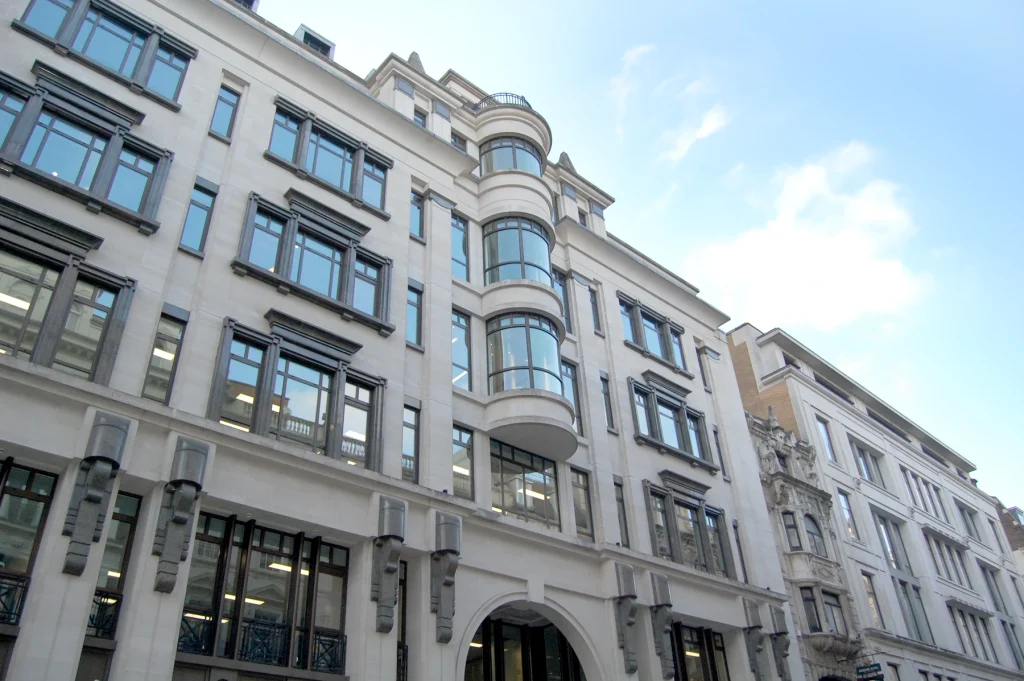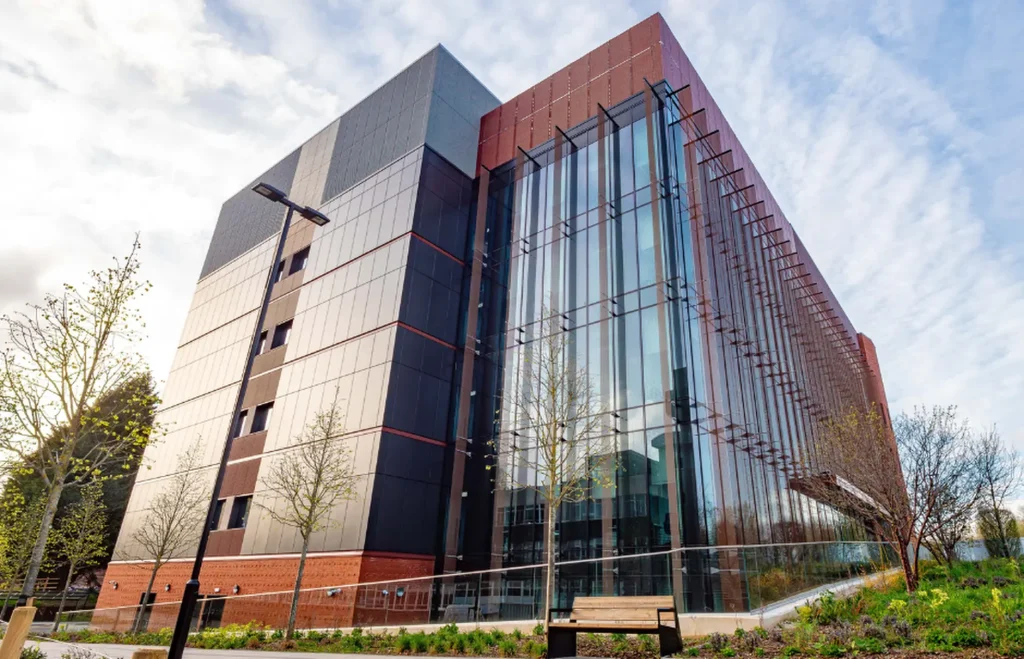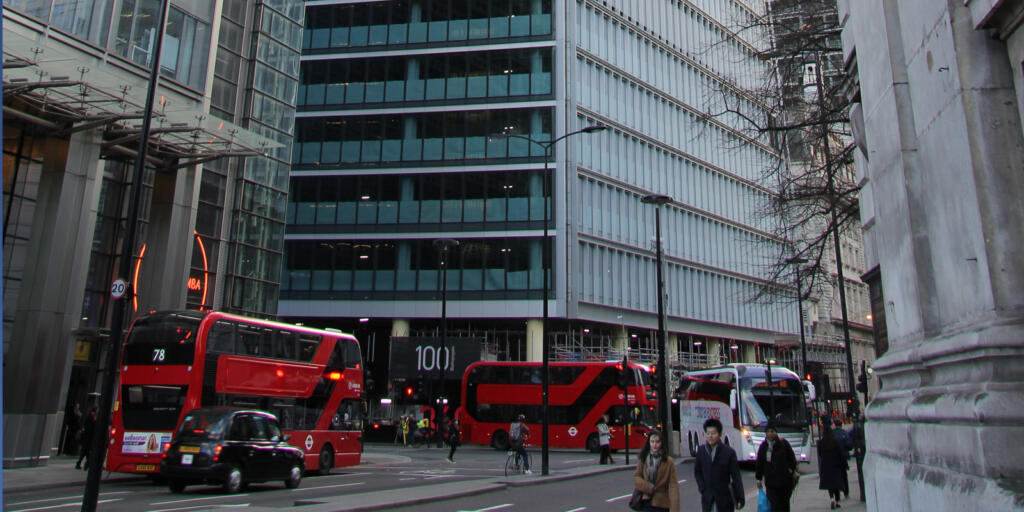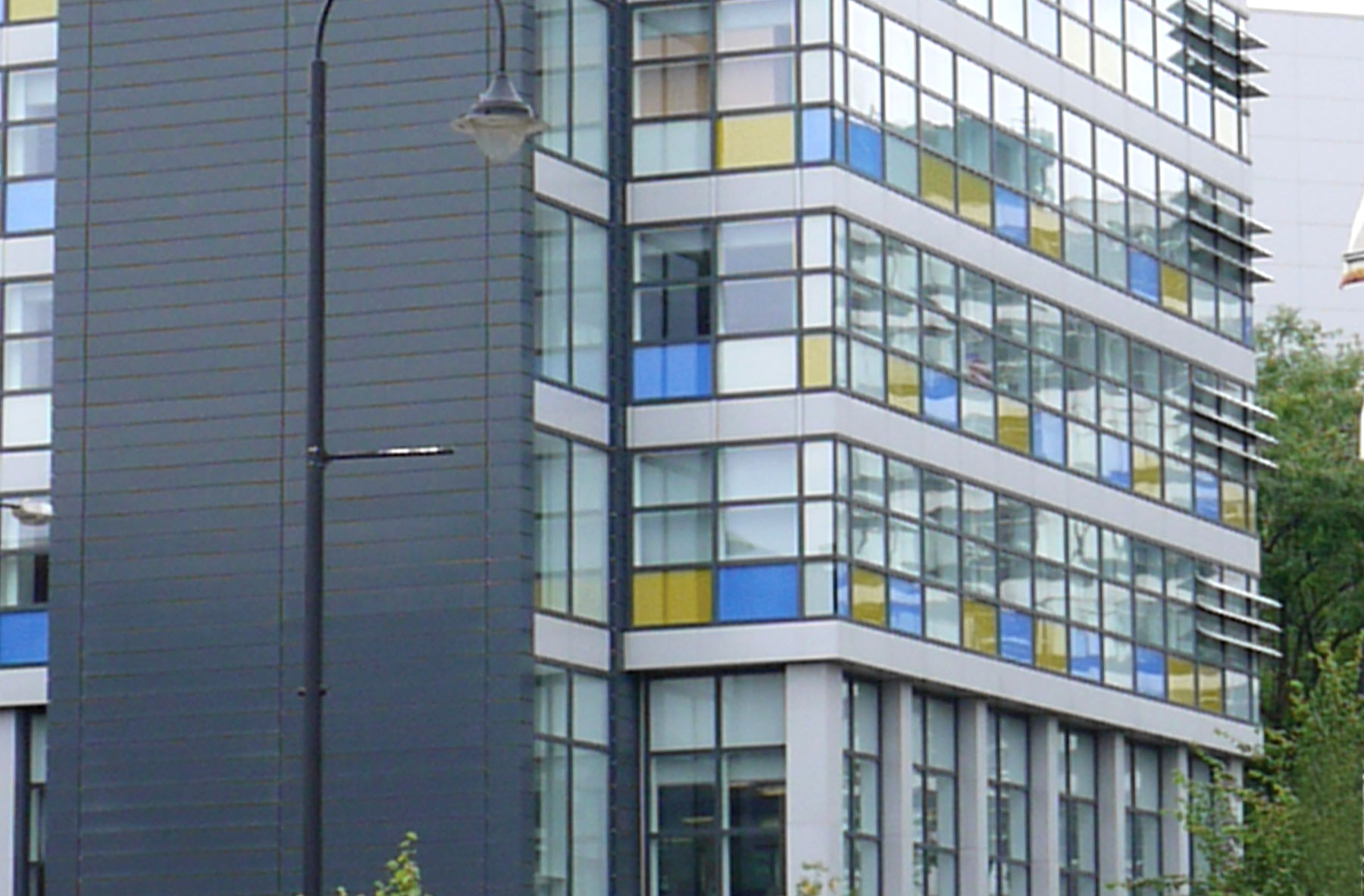The Rail House, Piccadilly Gate comprises 10 floors and 13,000 sqm of contemporary office space in an area seen as the focus for the city’s growing professional, financial and public sector occupiers. The fully air-conditioned space underwent a £8 million pound refit making it a premier commercial address in the city of Manchester.
Fitted with fan coils and chilled beams, Crane Fluid System’s Dominator have been installed throughout the build. The Dominator is a compact prefabricated unit which combines essential control components and connecting pipework which is ready for a simple and fast on-site connection to the terminal units. The Dominator allows the facilities management team at Rail House to control and measure flow around the building and is ideal for flushing and isolation.
Related Projects

Crane Fluid Systems Dominator Peak Pro manifold assemblies have been selected by M&E contractor Delta T Services for the new four-pipe fan coil air conditioning system of Chaplin House in Uxbridge, London.

Crane Fluid Systems’ Dominator Eco & Modbus Actuator used for the Almack House Refurbishment

Crane Fluid Systems have supplied DPZV valves for the construction of the new Molecular Sciences building at University of Birmingham.

100 Bishopsgate is a forty storey tower is located in the heart of the city of London and is a mixed-use commercial development.

The facility includes 1200 student rooms and a 32 bed hotel.
